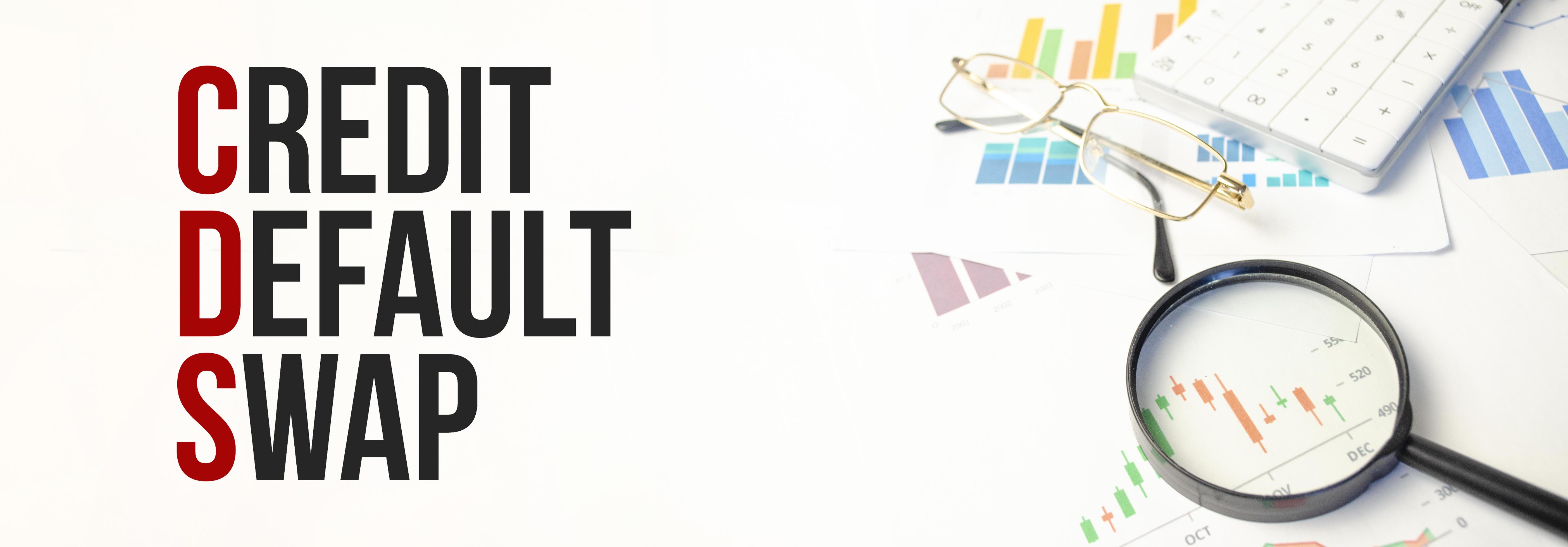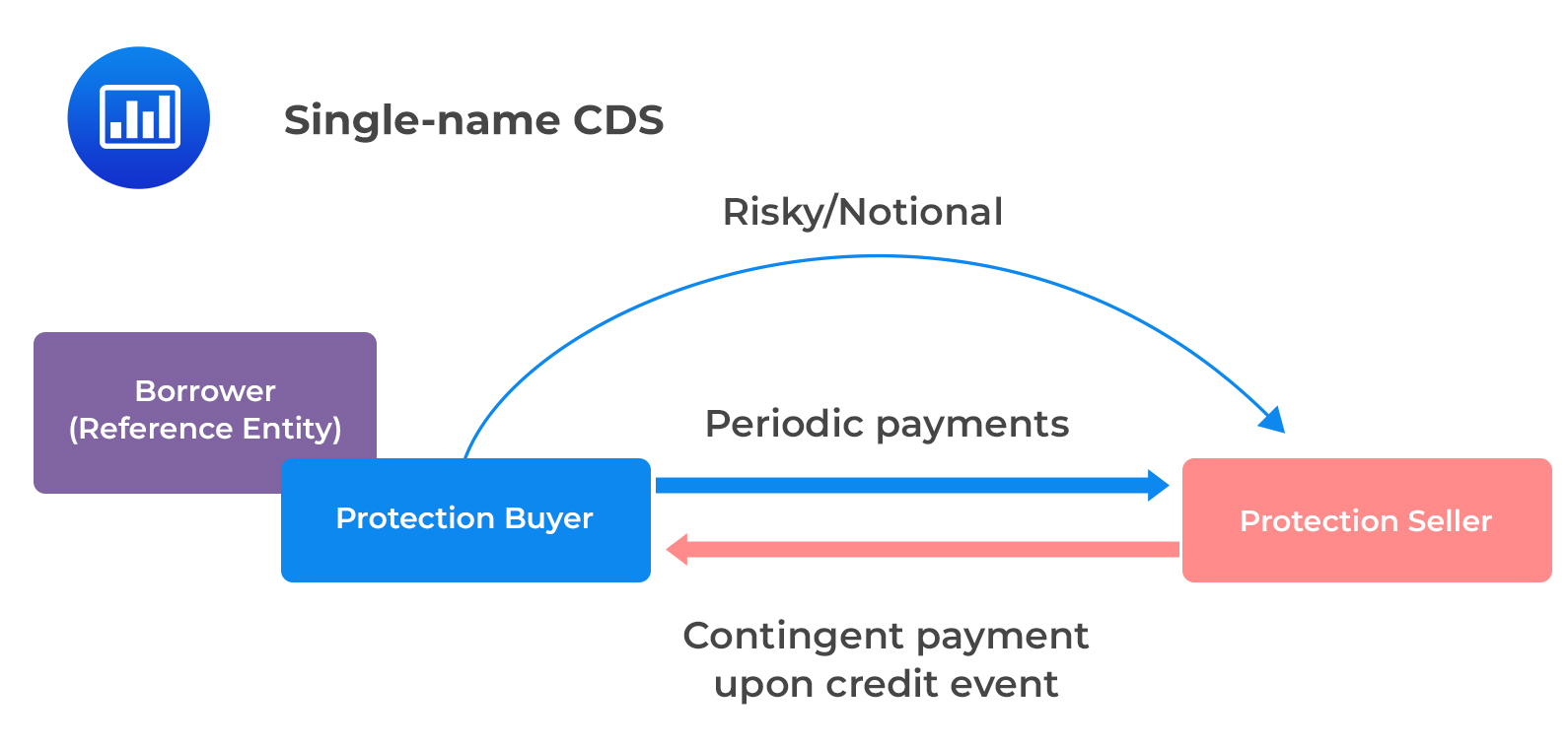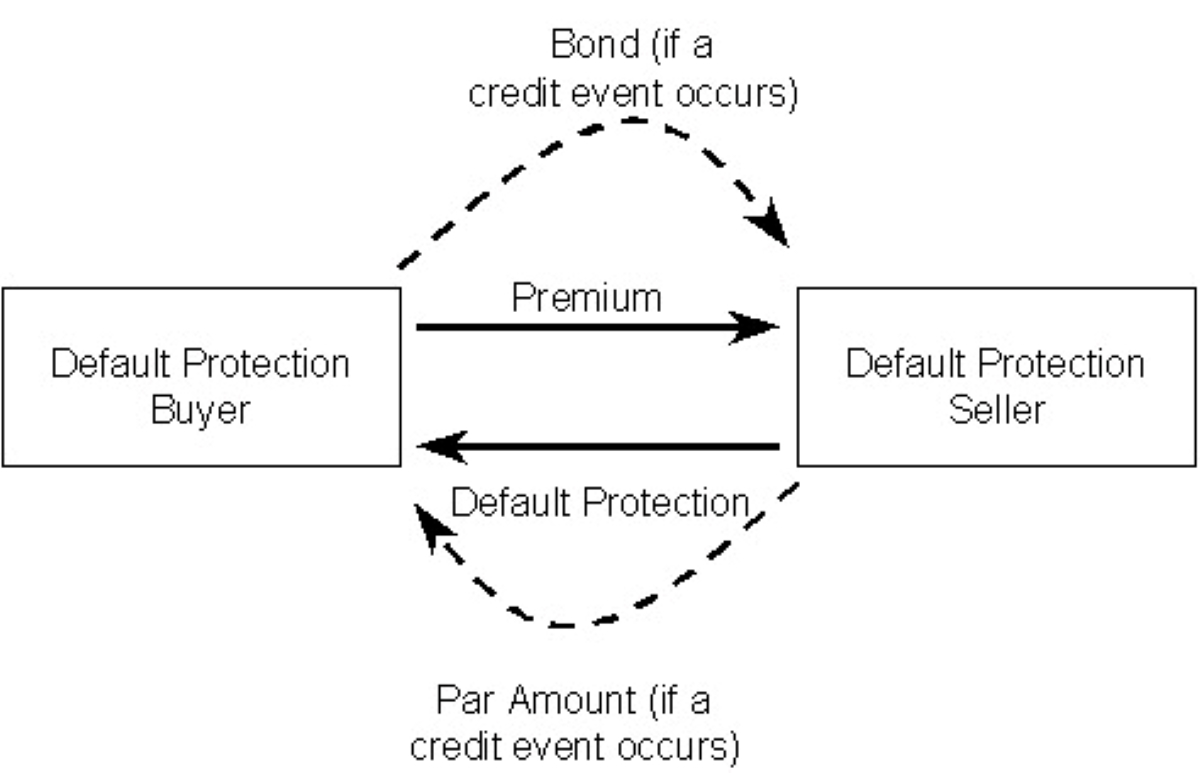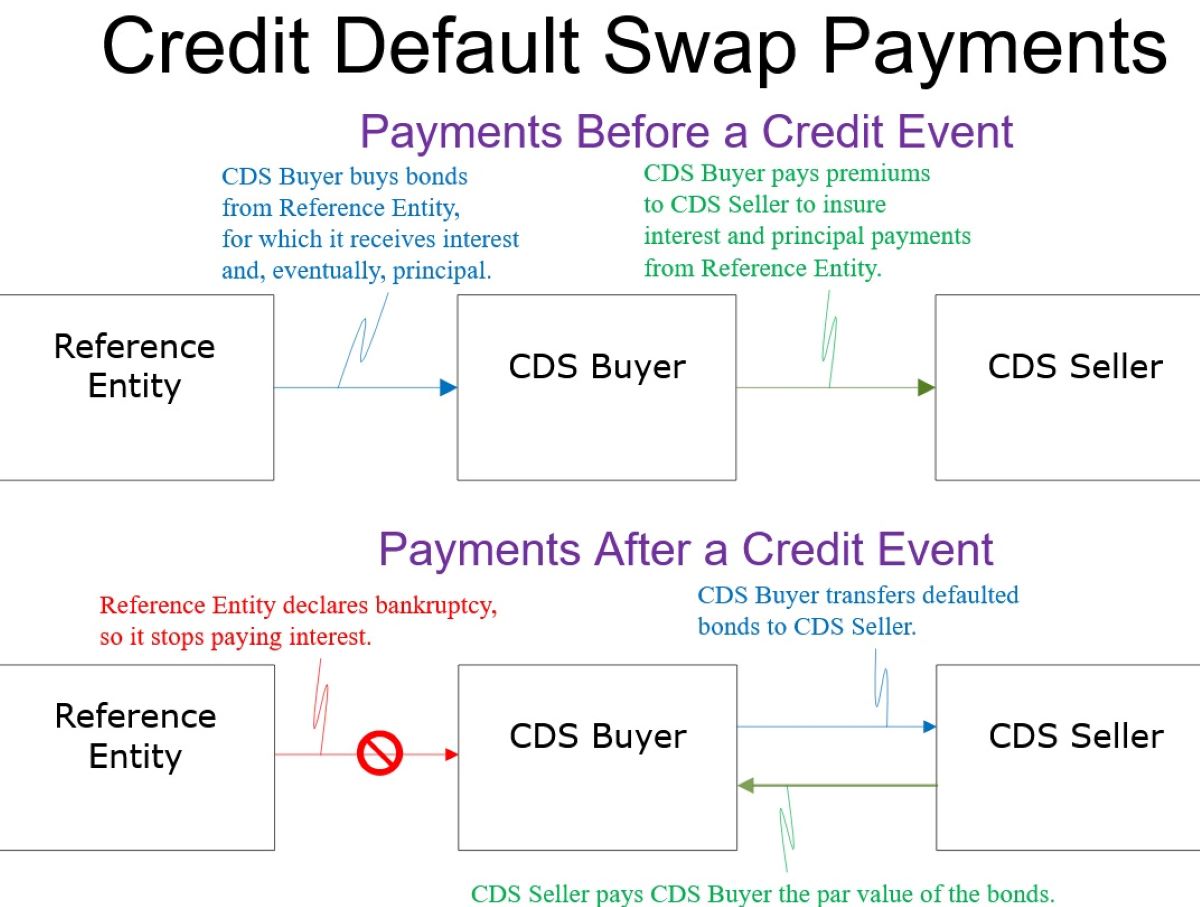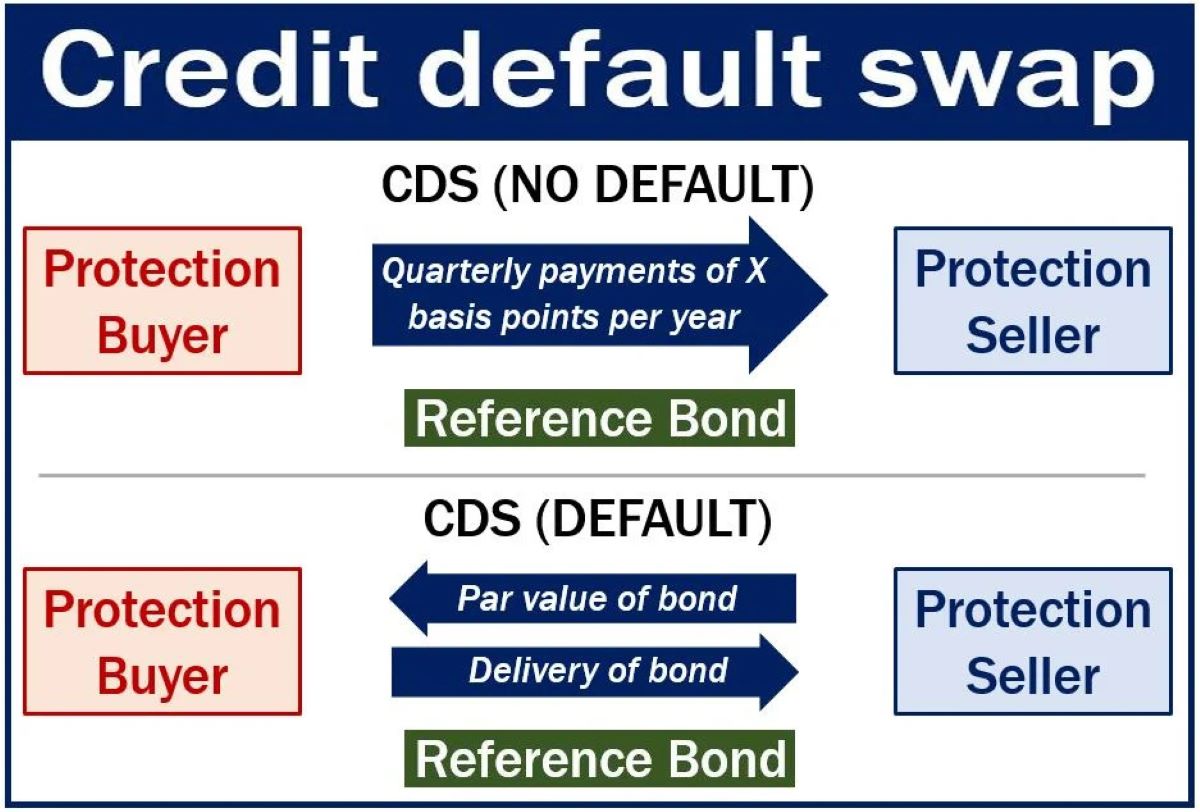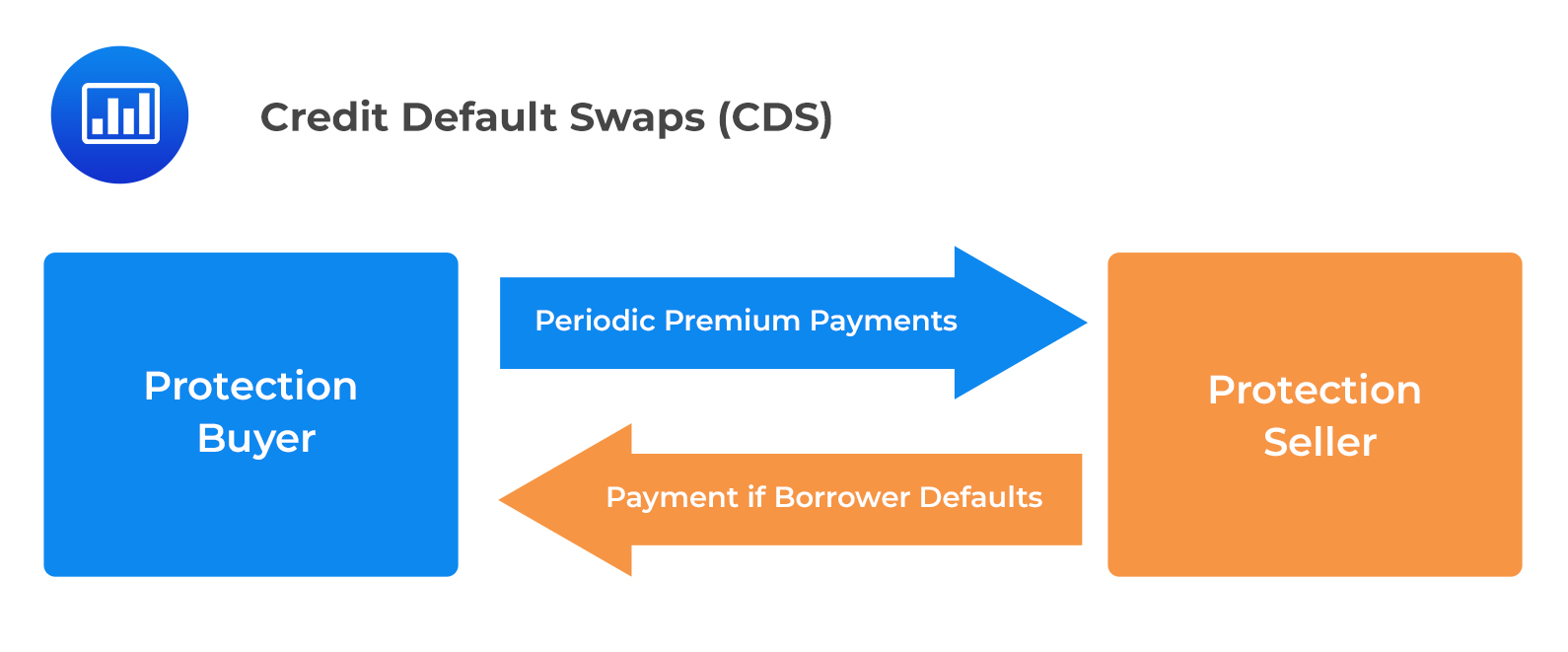Home>Finance>Why Were Credit Default Swap Markets Not Hurt By Greece
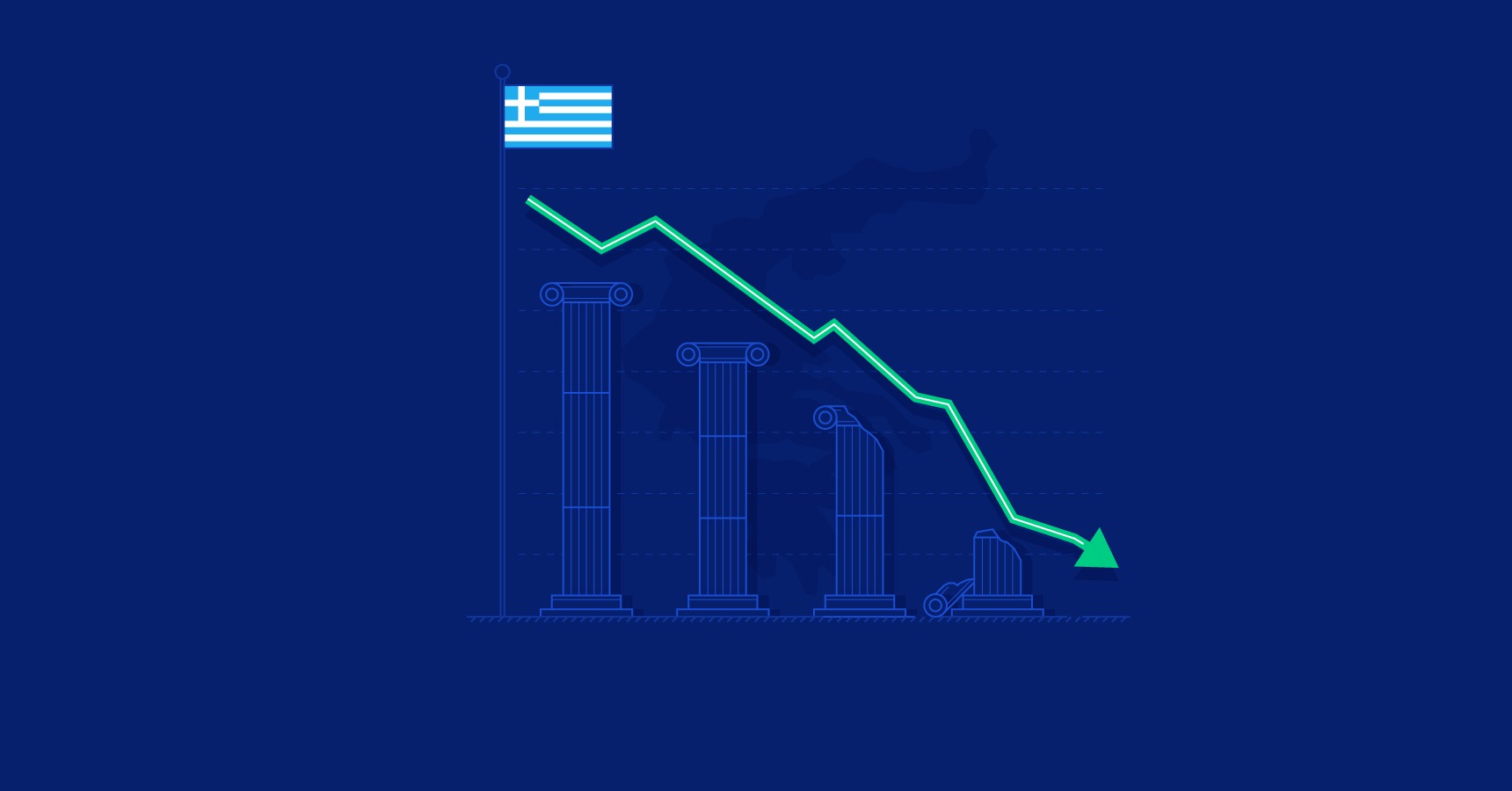

Finance
Why Were Credit Default Swap Markets Not Hurt By Greece
Published: March 4, 2024
Discover why the credit default swap markets remained unaffected by Greece's financial crisis and its implications for the finance industry. Explore the resilience of finance in the face of economic challenges.
(Many of the links in this article redirect to a specific reviewed product. Your purchase of these products through affiliate links helps to generate commission for LiveWell, at no extra cost. Learn more)
Table of Contents
Introduction
Welcome to the intricate world of finance, where the interplay of markets, policies, and global events shapes the landscape of investments and risk management. In this article, we delve into the intriguing phenomenon of how the Credit Default Swap (CDS) markets remained surprisingly resilient in the face of the Greek debt crisis. This captivating narrative not only highlights the complexities of financial instruments but also underscores the interconnectedness of global economies.
The Credit Default Swap market, a vital component of the financial system, provides a fascinating lens through which to examine the impact of the Greek debt crisis. By understanding the dynamics at play and the factors contributing to its resilience, we can gain valuable insights into the intricate web of financial instruments and global economic forces.
Join us as we unravel the enigma of why the Credit Default Swap markets seemed impervious to the turbulence unleashed by the Greek debt crisis. Through this exploration, we aim to shed light on the underlying mechanisms that enabled these markets to weather the storm, offering a compelling case study in the resilience and adaptability of financial instruments in the face of adversity.
So, fasten your seatbelts as we embark on a journey through the labyrinth of finance, where the confluence of events, policies, and market dynamics often defies conventional wisdom and presents us with intriguing puzzles to solve. Let's delve into the heart of the matter and uncover the captivating story of how the Credit Default Swap markets navigated the tumultuous waters stirred by the Greek debt crisis.
Understanding Credit Default Swaps
To comprehend the resilience of Credit Default Swap (CDS) markets in the context of the Greek debt crisis, it is essential to grasp the fundamental mechanics of CDS. At its core, a CDS is a financial derivative that functions as a form of insurance against the default of a borrower, typically a corporate entity or a sovereign nation. In essence, it is a contract between two parties, wherein the protection buyer pays periodic premiums to the protection seller in exchange for coverage against the default of the underlying debt.
One of the defining features of CDS is its ability to transfer credit risk, allowing investors to hedge against potential losses stemming from defaults. This transfer of risk is a pivotal aspect of modern financial markets, enabling institutions and investors to manage their exposure to credit events effectively.
Moreover, the notional value of a CDS far exceeds the actual value of the underlying debt, making it a powerful tool for investors to speculate on the creditworthiness of entities without directly owning the underlying bonds or loans. This characteristic amplifies the impact of CDS on financial markets, rendering them highly sensitive to shifts in credit sentiment and economic stability.
As we unravel the intricacies of CDS, it becomes evident that these instruments play a pivotal role in the broader financial ecosystem, influencing market dynamics and risk management strategies. The understanding of CDS sets the stage for unraveling the enigma of their resilience amidst the tumultuous Greek debt crisis, providing a crucial foundation for comprehending the interplay of financial instruments and global economic events.
The Greek Debt Crisis
The Greek debt crisis, a seismic event that reverberated across global financial markets, unfolded against the backdrop of mounting sovereign debt and fiscal imbalances. The protracted accumulation of public debt, exacerbated by economic mismanagement and structural inefficiencies, culminated in a full-blown crisis that sent shockwaves through the European Union and beyond.
At the heart of the crisis was Greece’s ballooning public debt, which reached unsustainable levels, triggering widespread concerns about the country’s ability to service its obligations. The revelation of significant budget deficits and the falsification of economic data further eroded investor confidence, leading to a surge in borrowing costs for the Greek government and heightening fears of a potential default.
The Greek debt crisis not only exposed the fragility of sovereign debt within the Eurozone but also tested the resilience of the European financial architecture. The specter of a Greek default sent ripples of apprehension through global markets, raising questions about the stability of the Euro and the efficacy of the European Central Bank’s crisis management strategies.
As the crisis deepened, Greece faced mounting pressure to implement stringent austerity measures and structural reforms in exchange for financial assistance from international creditors and the European Union. The ensuing social unrest and political turmoil further compounded the challenges, underscoring the multifaceted nature of the crisis and its profound impact on the fabric of Greek society.
The Greek debt crisis, with its far-reaching ramifications, serves as a compelling backdrop for understanding the resilience of Credit Default Swap markets. Against the backdrop of this tumultuous economic landscape, the CDS markets displayed a surprising degree of stability, prompting a closer examination of the factors that contributed to their resilience in the face of such formidable challenges.
Impact on Credit Default Swap Markets
The Greek debt crisis cast a profound shadow over global financial markets, triggering heightened volatility and uncertainty. Amidst this maelstrom, the Credit Default Swap (CDS) markets stood as a barometer of risk sentiment, offering valuable insights into the evolving perception of creditworthiness and default risk.
Initially, the Greek debt crisis precipitated a surge in CDS spreads, reflecting a surge in perceived credit risk and heightened concerns regarding the likelihood of a sovereign default. As investor anxiety mounted, the cost of purchasing protection against Greek debt default soared, underscoring the apprehensions surrounding the sustainability of Greece’s fiscal position.
However, despite the escalating turmoil and mounting fears of a Greek default, the CDS markets exhibited a remarkable degree of resilience. This resilience manifested in the form of relatively contained contagion effects and a discernible lack of systemic stress within the broader CDS market ecosystem.
Furthermore, the impact of the Greek debt crisis on CDS markets extended beyond immediate pricing dynamics. It offered a compelling case study in the adaptability of financial instruments and the nuanced interplay between credit events and market reactions. The ability of CDS markets to absorb the shockwaves emanating from the Greek debt crisis without succumbing to widespread panic underscores their robustness and their role as a crucial risk management tool for market participants.
As we navigate through the labyrinth of financial intricacies, the intriguing story of the CDS markets’ response to the Greek debt crisis emerges as a testament to the resilience and adaptability of modern financial instruments. The remarkable ability of CDS markets to weather the storm and maintain a degree of stability amidst the turbulence of the Greek debt crisis invites a closer examination of the underlying factors that contributed to this unexpected outcome.
Factors Contributing to Resilience
The resilience of the Credit Default Swap (CDS) markets in the face of the Greek debt crisis can be attributed to a confluence of factors that collectively bolstered their stability amidst the tumultuous economic landscape.
- Market Depth and Liquidity: The robust market infrastructure and ample liquidity in the CDS markets played a pivotal role in mitigating the impact of the Greek debt crisis. The depth of these markets facilitated orderly price discovery and trading, enabling market participants to navigate the heightened volatility without succumbing to destabilizing liquidity constraints.
- Counterparty Risk Mitigation: Stringent risk management practices and the widespread use of central clearing counterparties (CCPs) within the CDS markets served as a bulwark against systemic risk. The presence of CCPs helped mitigate counterparty risk, thereby enhancing market resilience and instilling confidence in the stability of CDS transactions.
- Regulatory Safeguards: Enhanced regulatory oversight and reforms following the global financial crisis bolstered the resilience of CDS markets. Stricter capital requirements, improved transparency, and standardized documentation collectively fortified the market’s ability to withstand the shockwaves emanating from the Greek debt crisis.
- Investor Risk Management: The prudent risk management practices adopted by institutional investors and market participants played a pivotal role in bolstering the resilience of CDS markets. Heightened awareness of credit risk, coupled with robust risk mitigation strategies, enabled investors to navigate the challenges posed by the Greek debt crisis without succumbing to panic-driven reactions.
- Market Participants’ Adaptability: The adaptability and resilience of market participants within the CDS ecosystem also contributed to the overall stability of these markets. The ability of investors, dealers, and other stakeholders to swiftly recalibrate their strategies and risk exposures in response to the evolving dynamics of the Greek debt crisis underscored the agility of the market in absorbing and mitigating potential shocks.
Collectively, these factors coalesced to fortify the resilience of the CDS markets, underscoring their capacity to withstand the challenges posed by the Greek debt crisis. The interplay of market dynamics, regulatory safeguards, and investor behavior offers a compelling narrative of how the CDS markets navigated the turbulent waters unleashed by the Greek debt crisis, emerging as a beacon of stability amidst the prevailing uncertainty.
Conclusion
The enthralling saga of the Credit Default Swap (CDS) markets’ resilience in the face of the Greek debt crisis unveils a captivating narrative of adaptability, market dynamics, and regulatory fortification. The remarkable ability of the CDS markets to weather the storm and maintain a degree of stability amidst the turbulence of the Greek debt crisis serves as a testament to the robustness and agility of modern financial instruments.
Amidst the tumultuous economic landscape, the CDS markets stood as a bastion of stability, offering valuable insights into the interplay of credit events and market reactions. The initial surge in CDS spreads, reflective of heightened credit risk perceptions, gave way to a narrative of resilience, as the markets absorbed the shockwaves emanating from the Greek debt crisis without succumbing to widespread panic.
The factors underpinning the resilience of the CDS markets – including market depth, liquidity, counterparty risk mitigation, regulatory safeguards, and investor risk management – collectively fortified their ability to withstand the challenges posed by the Greek debt crisis. The confluence of these factors underscores the intricate web of market dynamics, risk management practices, and regulatory reforms that bolstered the stability of the CDS markets in the face of adversity.
As we reflect on this compelling narrative, it becomes evident that the resilience of the CDS markets serves as a compelling case study in the adaptability and fortitude of financial instruments within the modern financial ecosystem. The intriguing story of the CDS markets’ response to the Greek debt crisis not only offers valuable insights for market participants and policymakers but also underscores the enduring relevance of risk management and market resilience in navigating the complexities of global finance.
In conclusion, the resilience of the CDS markets amidst the Greek debt crisis stands as a testament to the dynamism and resilience of financial instruments, offering a compelling narrative of adaptability and fortitude in the face of formidable challenges. As we continue to navigate the ever-evolving landscape of global finance, the captivating tale of the CDS markets’ resilience serves as a beacon of stability and a testament to the enduring resilience of modern financial instruments.
